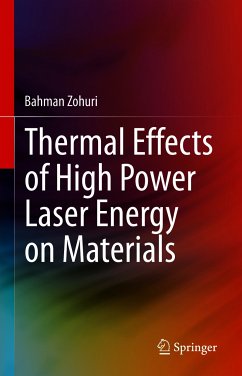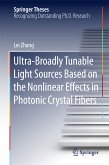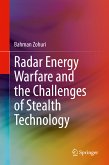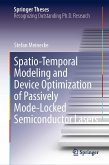This book offers a tutorial on the response of materials to lasers, with an emphasis on simple, intuitive models with analytical and mathematical solutions, using techniques such as Laplace Transformation to solve most complex heat conduction equations. It examines the relationship between existing thermal parameters of simple metals and looks at the characteristics of materials and their properties in order to investigate and perform theoretical analysis from a heat conduction perspective mathematically. Topics discussed include optical reflectivity of metals at infrared (IR) wavelengths, laser-induced heat flow in materials, the effects of melting and vaporization, the impulse generated in materials by pulsed radiation, and the influence of the absorption in the blow-off region in irradiated material. Written for engineers, scientists, and graduate-level engineering and physics students, Thermal Effects of High Power Laser Energy on Materials provides an in-depth look at high energy laser technology and its potential industrial and commercial applications in such areas as precision cutting, LIDAR and LADAR, and communications. The knowledge gained from this allows you to apply spaced-based relay mirror in order to compensate laser beam divergence back to its original coherency by preventing further thermal blooming that takes place during laser beam propagation through the atmosphere.
- Examines the state-of-the-art in currently available high energy laser technologies;
- Includes computer codes that deal with the response of materials to laser radiation;
- Provides detailed mathematical solutions of thermal response to laser radiation.
Dieser Download kann aus rechtlichen Gründen nur mit Rechnungsadresse in A, B, BG, CY, CZ, D, DK, EW, E, FIN, F, GR, HR, H, IRL, I, LT, L, LR, M, NL, PL, P, R, S, SLO, SK ausgeliefert werden.









